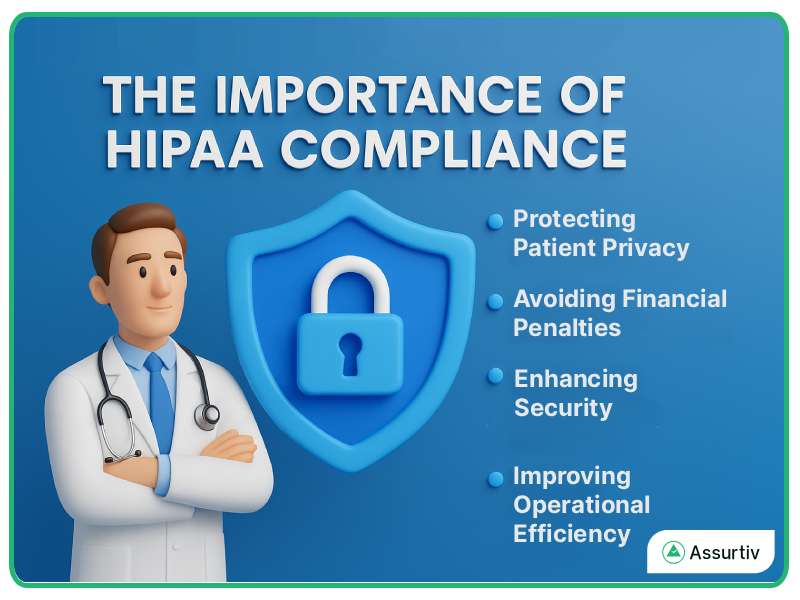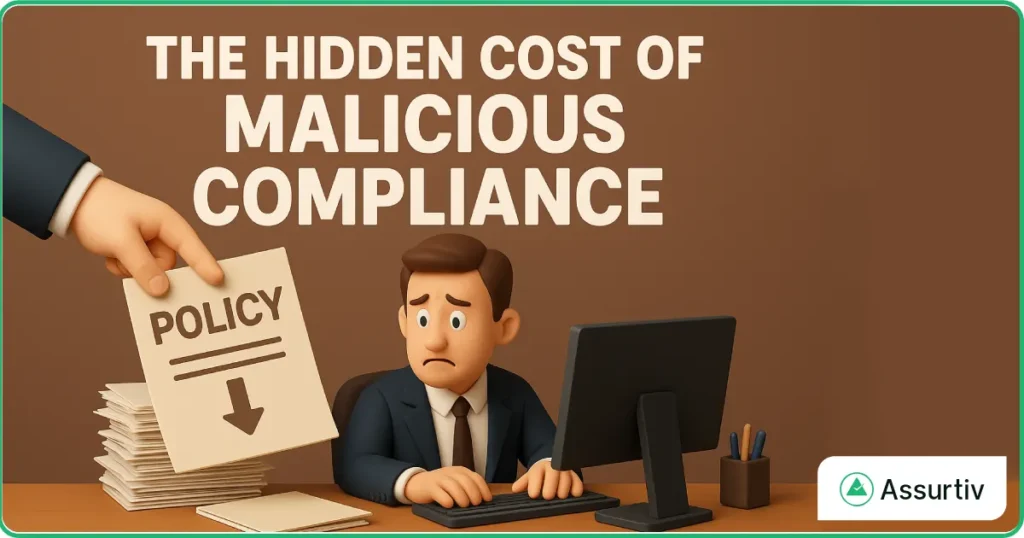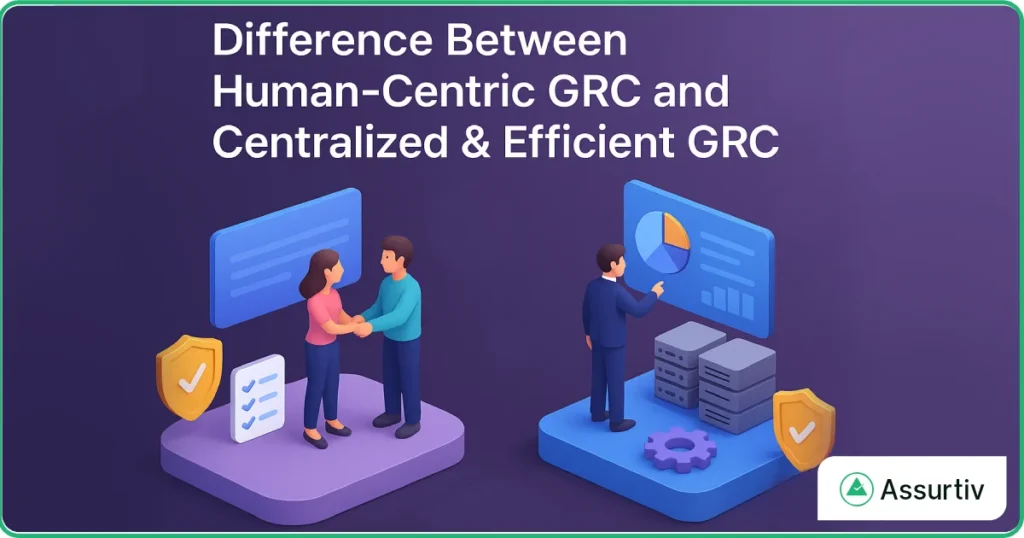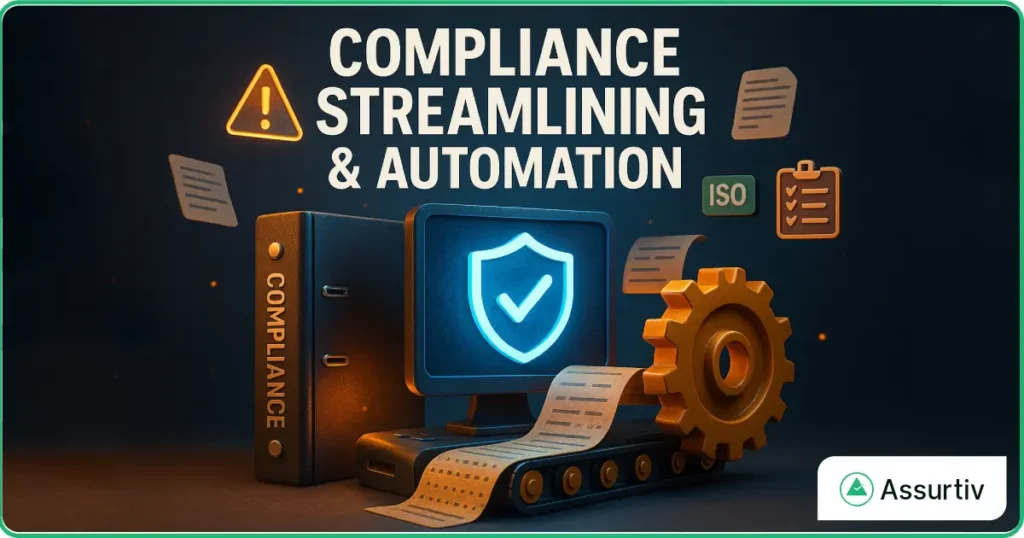HIPAA Compliance for Health Organization
By assurtiv | Last Updated: 27 Jan 2025
In today’s digital age, healthcare organizations handle vast amounts of sensitive patient data, making it essential to ensure that this information is protected. The Health Insurance Portability and Accountability Act (HIPAA) provides a framework for safeguarding personal health information (PHI). HIPAA compliance is not just a legal obligation but also a crucial step toward building trust with patients. In this guide, we will explore the fundamentals of HIPAA compliance, its requirements, and how organizations can maintain compliance.
What is HIPAA?
HIPAA is a U.S. law passed in 1996 that governs the protection and confidential handling of Protected Health Information (PHI). It applies to covered entities (healthcare providers, health plans, and healthcare clearinghouses) and their business associates (vendors or contractors who handle PHI).
The primary goal of HIPAA is to:
- Ensure the privacy and security of health information.
- Improve the portability and continuity of health insurance.
- Prevent healthcare fraud and abuse.
HIPAA’s provisions cover several aspects, but the Privacy Rule and Security Rule are the core components for healthcare organizations to adhere to.
Key Elements of HIPAA Compliance
Privacy Rule
The HIPAA Privacy Rule outlines how covered entities must handle and protect PHI. This rule focuses on ensuring that PHI is not disclosed without proper authorization. The key points of the Privacy Rule are:
- Patient Rights: Patients have the right to access their health records, request amendments, and receive an accounting of disclosures.
- Authorization: PHI can only be shared for specific purposes, such as treatment, payment, and healthcare operations.
- Minimum Necessary Standard: Only the minimum amount of PHI necessary should be shared when performing job functions.
Security Rule
The HIPAA Security Rule is focused on the technical aspects of protecting electronic PHI (ePHI). It requires healthcare organizations to implement safeguards to prevent unauthorized access, alteration, or destruction of ePHI. The main requirements of the Security Rule include:
- Administrative Safeguards: Implementing policies, procedures, and training programs to protect ePHI.
- Physical Safeguards: Securing physical access to servers, workstations, and facilities where ePHI is stored or processed.
- Technical Safeguards: Using encryption, firewalls, and access controls to protect ePHI from unauthorized access.
Breach Notification Rule
The Breach Notification Rule mandates that healthcare organizations notify individuals when their PHI has been compromised. The breach must be reported to affected patients, the Department of Health and Human Services (HHS), and, in some cases, the media.
The notification must occur within 60 days of discovering the breach.
The Importance of HIPAA Compliance

HIPAA compliance is not just about avoiding fines or legal penalties—it’s about building trust and protecting patient information. Here are some reasons why HIPAA compliance is critical for healthcare organizations:
Protecting Patient Privacy
HIPAA helps ensure that patients’ sensitive health data is kept confidential, which in turn promotes trust between patients and healthcare providers. It’s a vital factor in maintaining the integrity of the healthcare system.
Avoiding Financial Penalties
Non-compliance with HIPAA regulations can result in hefty fines and penalties. These fines vary based on the severity of the violation and can range from $100 to $50,000 per violation. Repeated violations can result in even higher penalties.
Enhancing Security
With cyber threats on the rise, healthcare organizations are prime targets for data breaches. HIPAA compliance forces organizations to adopt advanced security measures like encryption, strong access control, and audit trails, thereby enhancing overall data security.
Improving Operational Efficiency
By implementing the necessary safeguards, healthcare organizations can streamline their operations and minimize risks associated with data breaches or unauthorized access.
HIPAA Compliance Checklist for Healthcare
To ensure HIPAA compliance, healthcare organizations should follow a structured approach. Here’s a quick checklist to guide your organization:
Appoint a HIPAA Compliance Officer
Assign a Compliance Officer who is responsible for overseeing HIPAA compliance activities.
Ensure they have a thorough understanding of HIPAA requirements.
Conduct Risk Assessments
Regularly conduct risk assessments to identify vulnerabilities in your data handling systems.
Implement measures to mitigate risks related to ePHI.
Implement Security Measures
- Encryption: Encrypt all sensitive data, both at rest and in transit.
- Access Control: Ensure that only authorized personnel have access to PHI.
- Audit Trails: Maintain logs of data access and modifications for monitoring and reporting purposes.
Train Employees
Provide HIPAA training to all employees who handle PHI.
Educate them on the importance of confidentiality, data security, and breach reporting.
Create and Enforce Policies
Develop clear policies and procedures for handling PHI and ensure they align with HIPAA guidelines.
Policies should cover areas like data storage, sharing, and destruction.
Establish a Breach Notification Protocol
Implement a process to detect, report, and respond to breaches of PHI.
Train employees to recognize and report potential breaches immediately.
Monitor Compliance Regularly
Continuously monitor your organization’s compliance status.
Conduct regular audits and assessments to ensure adherence to HIPAA standards.
Challenges in Achieving HIPAA Compliance
While achieving HIPAA compliance is essential, healthcare organizations often face challenges along the way. These challenges include:
Evolving Technology
With the rise of digital healthcare tools, telemedicine, and electronic health records (EHRs), it’s crucial to ensure that these technologies meet HIPAA security standards. This requires constant updates and adaptations.
Employee Training and Awareness
Ensuring all employees are fully aware of HIPAA guidelines and their specific roles in protecting PHI can be a challenge. Continuous training and reinforcing policies are essential.
Resource Allocation
For smaller organizations, meeting all the technical and administrative requirements for HIPAA compliance can be resource-intensive. It may require investment in new systems, software, and staff training.
Conclusion
HIPAA compliance is essential for healthcare organizations to protect patient privacy, enhance security, and avoid costly penalties. By understanding the key provisions of HIPAA and implementing a comprehensive compliance strategy, organizations can ensure that they meet regulatory standards while maintaining the trust of their patients.
By regularly assessing risk, training employees, and enforcing security measures, healthcare organizations can maintain a compliant and secure environment for handling Protected Health Information (PHI). Remember, compliance is an ongoing process, not a one-time event, so staying proactive is key to safeguarding patient data in the ever-evolving healthcare landscape.
Stay Compliant, Stay Secure!
By adhering to HIPAA regulations, healthcare organizations can contribute to a safer, more trustworthy healthcare environment for everyone.




